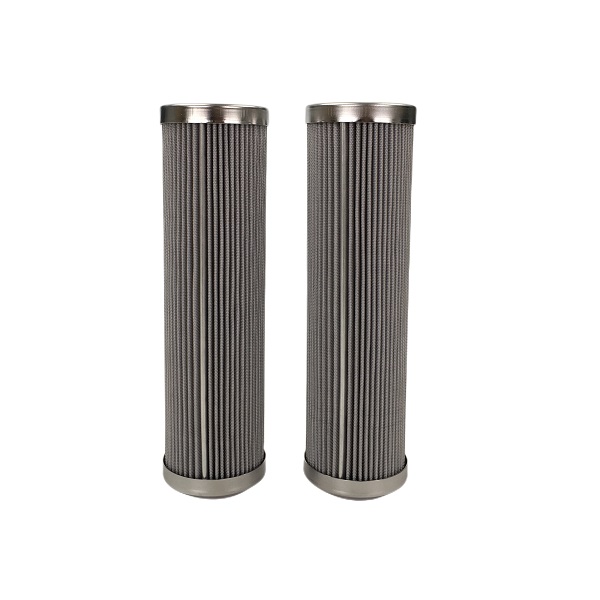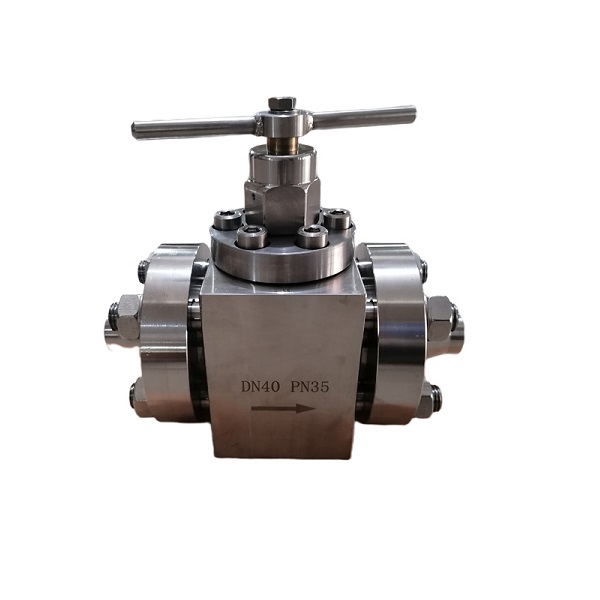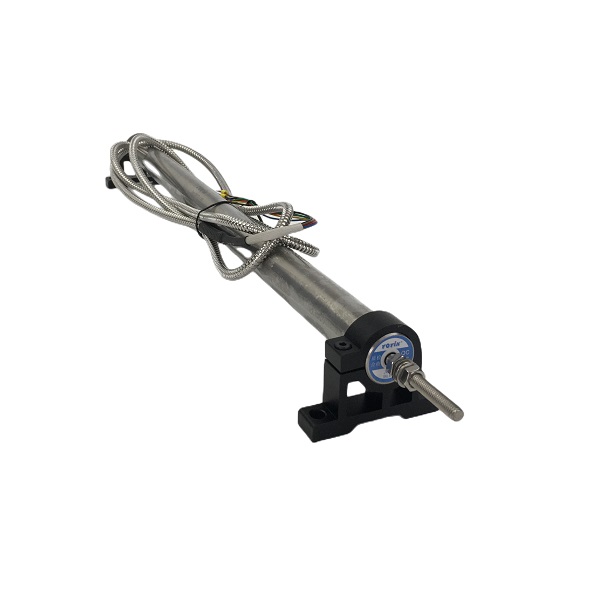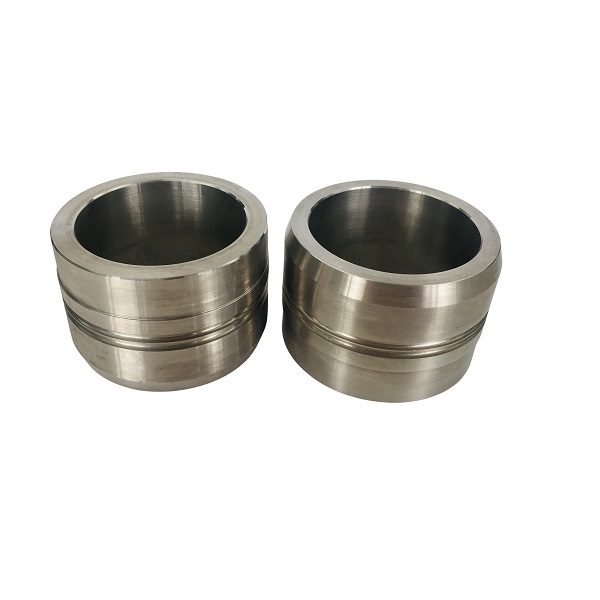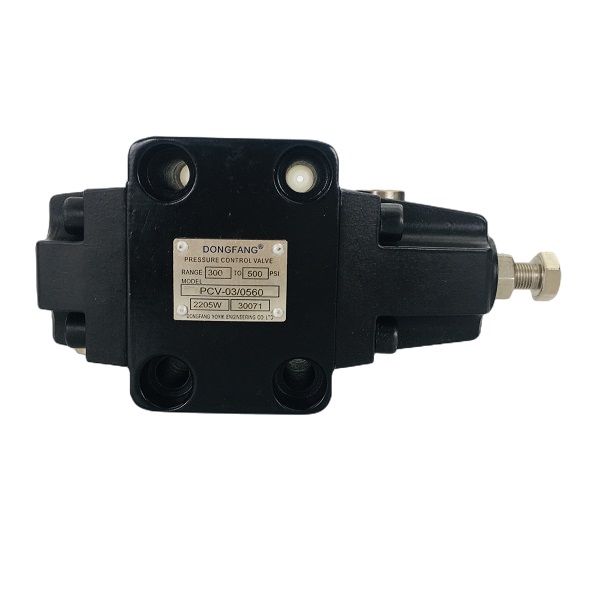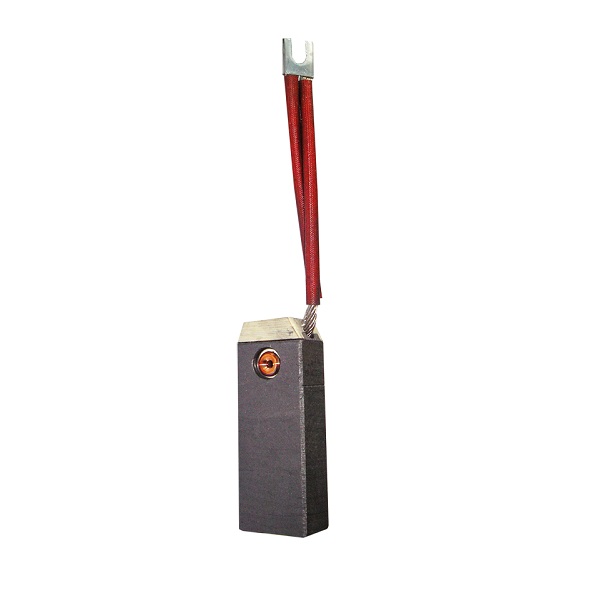The output signal of the speed sensor SZCB-01-A2-B1-C3 is usually linear or approximately linear with respect to the speed. Magnetic resistance speed sensors utilize the principle of magnetic field induction to measure speed. The sensor consists of a magnetic field generator and a magnetic field sensing element (such as a Hall effect sensor or a magnetic resistance sensor). When the sensor approaches or passes by a rotating target object (such as gears or a rotating shaft), the magnetic field sensing element detects the change in the magnetic field and generates a corresponding electrical signal.
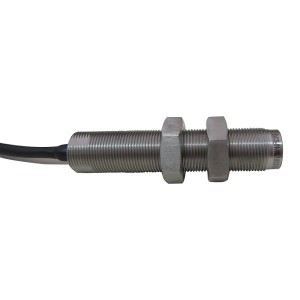
The output signal of the SZCB-01-A2-B1-C3 sensor is typically a voltage or current signal that is proportional to the speed. As the speed increases, the value of the output signal also increases accordingly. The specific relationship between the sensor output and the speed can be determined through calibration.
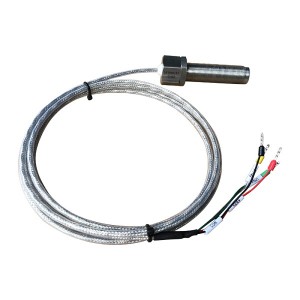
The nonlinear relationship may cause the rotational speed sensor SZCB-01-A2-B1-C3 to have the following problems:
- Incorrect speed measurement: if the output signal of sensor SZCB-01-A2-B1-C3 has nonlinear relationship with the speed, the speed measurement may have an error. In the low speed or high speed range, the output of the sensor may no longer be directly proportional to the actual speed, resulting in measurement deviation.
- Unable to accurately judge the speed change: the nonlinear relationship may make the output signal of sensor SZCB-01-A2-B1-C3 change inconsistently under different speeds, which will make it difficult to accurately judge the speed change. Especially in applications requiring fast detection and response to speed changes, nonlinear relationships can lead to delayed or inaccurate feedback.
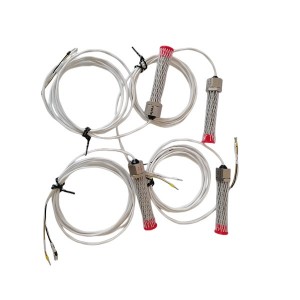
- Difficulty in calibration: the nonlinear relation will increase the difficulty in calibrating the speed sensor SZCB-01-A2-B1-C3. The calibration process is typically based on linear relationships to adjust and set calibration parameters. If the output signal of the sensor is nonlinear with the speed, the calibration process may require more complex methods and more test points to ensure accuracy and reliability.
- Data interpretation and processing complexity: non-linear relationship may increase the complexity of data interpretation and processing. When corresponding and interpreting the output signal of the speed sensor SZCB-01-A2-B1-C3 with the actual speed, consider the impact of nonlinear relationship. This may require additional data processing and corrections to obtain accurate speed information.
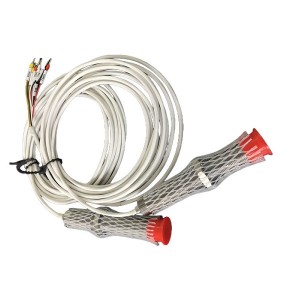
Post time: Sep-15-2023




